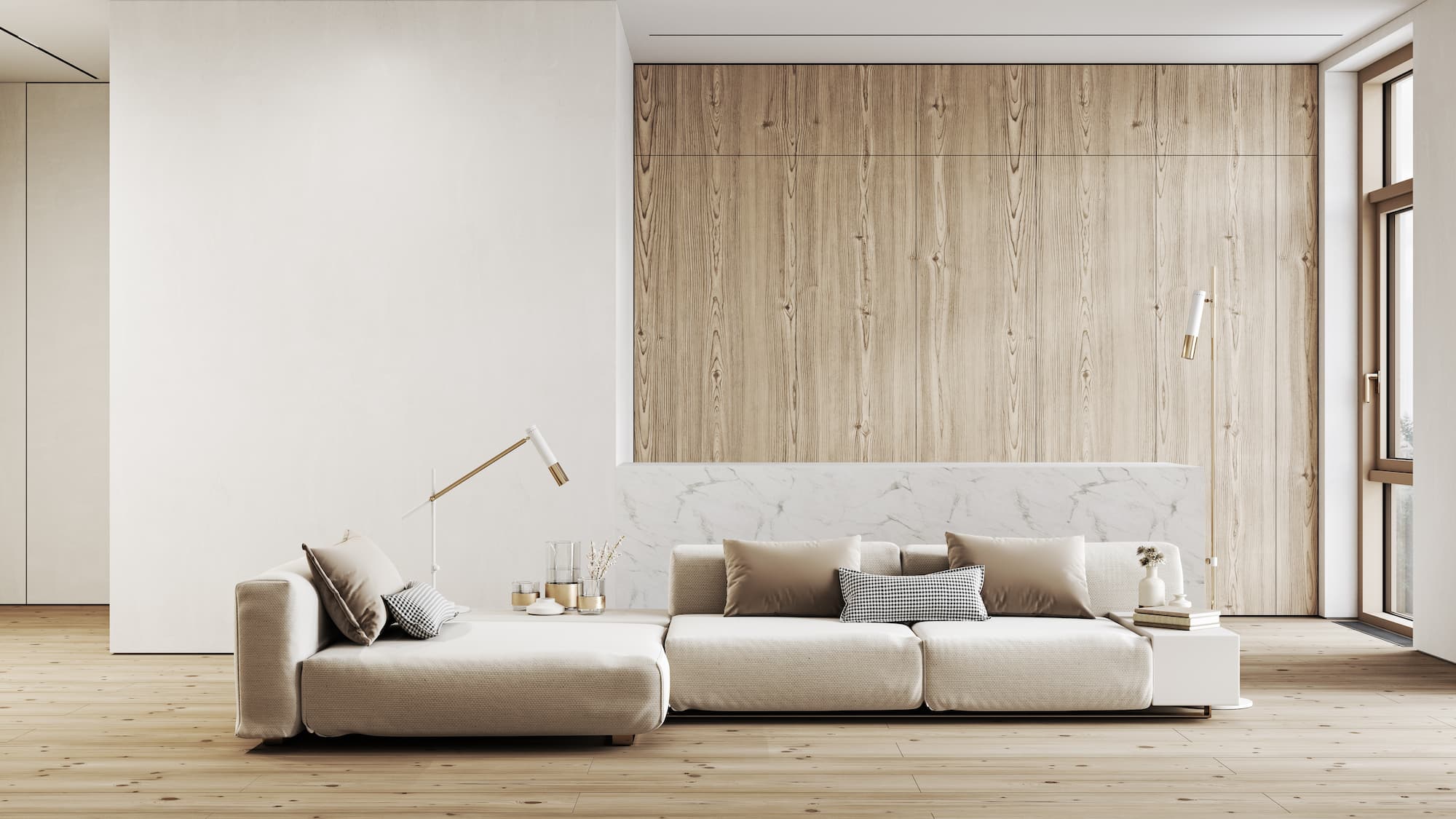Partner with an expert Architecture Firm to build your vision.
Partner with an expert Architecture Firm to build your vision.
Blog Article
Change Your Home With Crucial Principles of Inside Style and Visual Appeals
By recognizing the influence of color theory and the value of texture and patterns, one can produce areas that are not only aesthetically attractive yet also deeply individual. Accomplishing this stability includes more than simple decor; it encompasses a critical setup and a keen understanding of how each aspect communicates within a space.
Comprehending Shade Theory
Shade theory is a basic element of interior decoration that significantly influences state of mind, perception, and total aesthetic. Recognizing the principles of color concept enables developers to create rooms that resonate psychologically with occupants while satisfying functional demands (interior design firms). Colors can be categorized right into 3 main kinds: key, additional, and tertiary. Each category plays a critical role in developing harmony within an area.
The psychological influence of colors is extensive; warm shades such as reds and oranges stimulate power and warmth, while cool tones like blues and eco-friendlies promote calmness and tranquility. The usage of complementary shades improves visual interest, developing striking contrasts that can elevate a room's allure.
Neutral shades, on the other hand, offer as a flexible background, enabling various other design aspects to beam. It is necessary to think about variables such as lighting and the area's purpose when picking a shade combination, as these can change the understanding of shades throughout the day.
Inevitably, a well-considered shade scheme can transform a room, fostering a feeling of comfort and style that aligns with the citizens' choices. Mastery of color concept is, for that reason, a crucial skill for any interior designer intending to create harmonious and welcoming atmospheres.
Achieving Balance in Design
Just how can developers attain a sense of equilibrium in their rooms? Accomplishing equilibrium in design is fundamental to developing harmonious interiors.
Unbalanced balance, on the various other hand, relies upon differing elements that still achieve a natural appearance. This strategy permits even more vibrant and casual arrangements, providing rate of interest while preserving balance. By carefully selecting differing dimensions, shades, and textures, designers can produce an aesthetically compelling area that really feels well balanced yet energetic.
Radial equilibrium highlights a central prime focus with components radiating outside. This style is commonly seen in circular formats, where furnishings and decor develop a cohesive border that attracts the eye internal.
Inevitably, attaining balance needs thoughtful consideration of range, proportion, and the connections in between components. miami interior design. By skillfully applying these balance principles, developers can transform spaces into settings that feel both aesthetically pleasing and functionally harmonious, enhancing the total experience for owners
Relevance of Spatial Understanding

An eager sense of spatial recognition allows developers to recognize centerpieces within a space, directing the visitor's attention to key attributes while preserving an overall sense of unity. It additionally aids in the critical placement of lighting, which can considerably affect the perception of area and mood. Moreover, recognizing spatial partnerships makes it possible for the designer to cater to the details requirements of residents, ensuring that each location offers its designated objective without compromising aesthetics.
Ultimately, spatial awareness is vital for optimizing the discover this capacity of any indoor area. By meticulously considering the interaction in between dimensions, layout, and function, developers can produce settings that not just satisfy functional requirements but additionally evoke a feeling of comfort and charm, improving the total living experience.
Including Texture and Patterns
Embracing a diverse series of textures and patterns can significantly enhance the aesthetic and responsive charm of an indoor area. The critical usage of numerous materials-- such as wood, metal, fabric, and stone-- produces deepness and interest, making a room feel more inviting and dynamic. Integrating smooth surfaces with rough appearances can develop a balance that draws the eye and engages the detects.
When integrating patterns, consider both range and repetition. Large patterns can function as prime focus, while smaller sized, subtle layouts can match various other aspects without overwhelming the area. Layering patterns, such as pairing floral paddings with striped tosses, includes intricacy and a feeling of consistency if performed thoughtfully.
It is additionally important to preserve a natural shade scheme, making sure that structures and patterns interact as opposed to compete for focus. By choosing a few essential textures and patterns, you can develop a combined aesthetic that shows your individual style while boosting the overall atmosphere of the space. Ultimately, the cautious incorporation of these aspects can change an ordinary space right into a sophisticated atmosphere rich with character and warmth.
Personalizing Your Space
Creating a room that mirrors your personality is important to achieving a truly welcoming atmosphere. Personalization in interior layout enables you to instill your distinct design and rate of interests into your home, changing it from a mere sanctuary into a refuge that speaks to who you are. Begin by choosing a color palette that resonates with your feelings-- bold colors can energize, while soft tones use tranquility.
Include art work and decoration that show your passions, whether it be traveling, nature, or basics abstract principles. Presenting individual collections, such as books, photographs, or keepsakes, can stimulate cherished memories and create prime focus within an area. In addition, consider tailoring useful pieces, like upholstered furniture, to align with your visual preferences.

Final Thought
In final thought, the change of a home via the vital concepts of indoor style and aesthetic appeal requires an extensive understanding of color theory, equilibrium, spatial recognition, structure, and personalization. Each aspect contributes dramatically to producing an unified and useful living setting - interior design firms. By thoughtfully incorporating these principles, individuals can enhance the aesthetic allure and psychological resonance of their areas, ultimately fostering a home that mirrors one-of-a-kind identifications while supplying convenience and practicality
Report this page